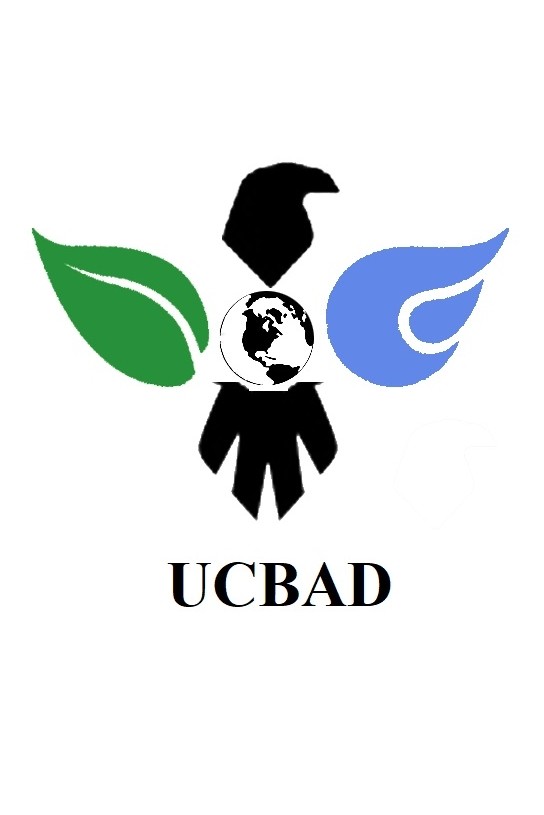Plastik atıkların pirolizinden elde edilen sıvı ürünün ticari vaks yerine kullanılması
Yapılan bu çalışma ile düşük yoğunluklu polietilen (LDPE) ve alüminyum içeren düşük yoğunluklu polietilen (C-LDPE)’nin farklı sıcaklıklarda pirolizi gerçekleştirilerek, piroliz sonucunda elde edilen sıvı ürünün ileriki çalışmalarda ticari vaks olarak farklı proseslerde kullanımı araştırılmıştır. Bu amaçla, sıvı ürün numunelerine yoğunluk tayini, erime noktası tayini, karbon kalıntısı tayini ve viskozite tayini için reoloji ölçümü yapılmıştır. Daha sonra sıvı ürün numunelerinin içindeki farklı maddelerin tanımlanması için gaz kromatografisi ve kütle spektrometresinin özelliklerini birleştiren analitik bir yöntem olan GC-MS (Gas chromatography–mass spectrometry) analizi yapılmıştır. Numunedeki elementler gaz kromatografisinde iyonlaştırıldıktan sonra kütle spektroskopisine gönderilmiş ve burada kütle/yük oranlarına ayrılmışlardır, daha sonra gerekli ölçümler yapılmıştır. Yapılan deney sonuçlarına göre; LDPE ve C-LDPE plastik atıklarının pirolizinden elde edilen sıvı ürünün yoğunluk ve erime noktası tayini değerleri ticari vaksların yoğunluk ve erime noktası ile birebir uyumlu iken, viskozite değerlerinin ise ticari vakslardan daha düşük olduğu gözlemlenmiştir. Numunelerin karbon kalıntısı değerlerinin de piyasadaki ticari vaksların karbon kalıntısı değerlerine yakın olduğu belirlenmiştir. Sonuç olarak ileride yapılan çalışmalarda ticari vaksların yerine plastik atıkların pirolizinden elde edilen sıvı ürünün safsızlıklıkları giderildiği takdirde kullanılabileceği anlaşılmıştır.
Anahtar Kelimeler:
C-LDPE, LDPE, Plastik atık, Sıvı ürün, Vaks
Use of Liquid Product from the Pyrolyzing of Plastic Waste Instead of Commercial Wax
In this study, pyrolysis of low-density polyethylene (LDPE) and aluminum-containing low-density polyethylene (C-LDPE) was carried out at different temperatures, and the use of the liquid product obtained because of pyrolysis in different processes as commercial wax in future studies was investigated. For this purpose, rheology measurement was performed for density determination, melting point determination, carbon residue determination and viscosity determination on liquid product samples. Then, GC-MS (Gas chromatography-mass spectrometry) analysis, which is an analytical method combining the features of gas chromatography and mass spectrometry, was performed to identify different substances in liquid product samples. After the elements in the sample were ionized in gas chromatography, they were sent to mass spectroscopy, where they were separated into mass/charge ratios, then the necessary measurements were made. According to the test results, While the density and melting point determination values of the liquid product obtained from the pyrolysis of LDPE and C-LDPE plastic wastes were exactly compatible with the density and melting point of commercial waxes, it was observed that the viscosity values were lower than commercial waxes. It was determined that the carbon residue values of the samples were close to the carbon residue values of commercial waxes in the market. As a result, it has been understood in future studies that the liquid product obtained from the pyrolysis of plastic wastes can be used instead of commercial waxes if the impurities are removed.
Keywords:
C-LDPE, LDPE, Plastic waste, Liquid product, Wax,
___
- Referans1 Williams, E.A. ve Williams, P. (1997). Analysis of Products Derived from the Fast Pyrolysis of Plastic Waste. Journal of Analytical and Applied Pyrolysis, 40-41, 347-363.
- Referans2 Kiran., N., Ekinci. E. ve Snape., C., E. (2000). Recycling Plastic Waste via Pyroylsis, 29, 273-283.
- Referans3 Bajus, M. ve Hájeková, E., (2010). Thermal Cracking of the Model Seven Components Mixed Plastics into Oils/Waxes. Petroleum & Coal, 52(3), 164-172.
- Referans4 Urbaniak, W., Wasiak W. ve Fall, J., (2007). Waxes – Products of Thermal Degradation of Waste Plastics–Obtaining, Capabilities, and Application. Archives of Waste Management and Environmental Protection, 6, 71-78.
- Referans5 Krupa, I., Miková, G. ve Luyt, A. S. (2007). Phase Change Materials Based on Low-Density Polyethylene/Paraffin Wax Blends. European Polymer Journal, 43(11), 4695–4705.
- Referans16 Himran, S. ve Mansoori, G.A., (1994). Characterization of Alkanes and Paraffin Waxes for Application as Phase Change Energy Storage Medium. Energy Sources, 16(1), 117-128.
- Referans7 http-1, https://persiaparaffin.com/para-pedia/paraffin-waxes-in-paper-industry/ Erişim Tarihi: 10.04.2021
- Referans8 Webber., G. V., (2000). Wax Characterization by Instrumental Analysis. University of Stellenbosch, Institute for Polymer Science Department of Chemistry, Master Thesis.
- Başlangıç: 2018
- Yayıncı: Zeynep Cansu AYTURAN
Sayıdaki Diğer Makaleler
Anadolu Teke Dikeni (Lycium anatolicum A. Baytop & R. Mill) Çalısının Yem Değeri
Ramazan ACAR, Mehmet UYSAL, Oğuzhan KAHRAMAN, Alpaslan ÜNSAL, Arif KARAKAYA, Osman ÇAĞIRGAN
Atıksuyun Önemi, Değeri ve Tarım ile İlişkisi
Mithat DİREK, Lütfü GÜNGÖR, Ramazan ACAR
Kırsal Kalkınma Politikalarına ve Çevresel Etkilerine Genel Bir Bakış
Ümmügülsüm GÜNAY, Tayfun ÇAY, Şükrü DURSUN
Sıfır Atık Projesi: Ambalaj Atıklarının Ayrı Toplanması, Ankara Büyükşehir Belediyesi Örneği
Nesrin YILDIRIM, Doç. Dr. Beril Salman AKIN
Plastik atıkların pirolizinden elde edilen sıvı ürünün ticari vaks yerine kullanılması
